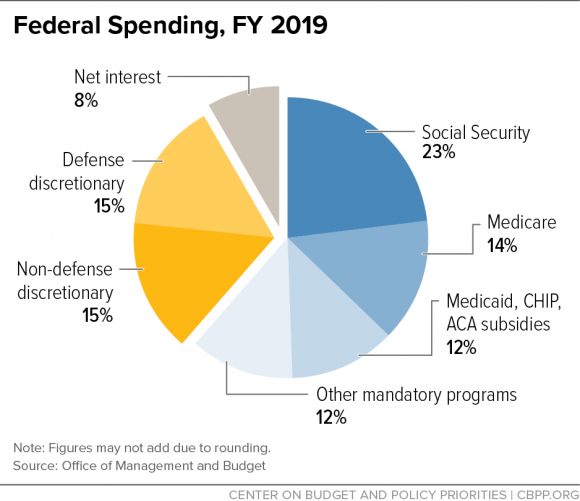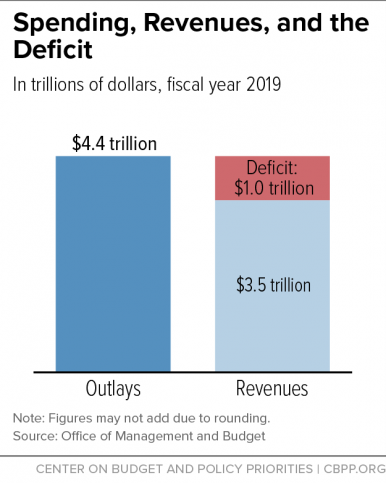By:
Dave Kingsley
Words & Mindsets Matter: It is Time to Change the Narrative
The U.S. economic system is in bad shape. Economic growth is sluggish, wealth has become badly maldistributed, and government policy has been tilted in favor of Wall Street and capital at the expense of Mainstreet and labor. Because of a perverse, toxic, mythical free market mindset – generated by economic departments in elite universities [i], – the public has been conditioned to swallow a “government is bad, corporations are good” mantra. This potent narrative has had unfortunate social and political consequences. These consequences are becoming increasingly serious.
Over the past few decades, the productive economy consisting of manufacturing, and small and medium sized businesses of all sorts has been been diminished, while the financial services industry has blossomed into a dominating economic force. The valuing of maximized short term returns for shareholders over a healthy economy and the public interest is a barrier to a real capitalist system for a democratic society.
By leveraging their immense wealth, massive corporations and the superrich have rigged the political system in their favor. Consequently, politicians have become increasingly venal and driven solely by campaign contributions and protecting their tenure in office. The media’s shallow and transitory coverage of this system is highly influenced by deceitful, sophisticated, and well-funded propaganda.
As an ardent capitalist with considerable experience in the business world, I’m horrified by what is passed off as capitalism these days. What we are witnessing is not truly free market capitalism functioning in accordance with the U.S. constitution and a democratic society. Nor are we experiencing the proper role of government in regulating business for the purpose of protecting and enhancing population health and welfare. Federal, state and local legislatures are failing the American people while politicians scramble to meet the narcissistic needs of the wealthy and powerful who keep them in office.
For instance, healthcare now constitutes 20% of the U.S. economy, much of which is not productive. Practically all healthcare is underwritten by taxpayers with burdensome out of pocket expenses for patients. But about half of national expenditures on medical services are excessive and extractive in the form of dividends, executive pay, stock buybacks, and price manipulation. That is why about 10% or less of GDP in capitalist countries like Canada, France, the UK, Japan, and Korea is due to healthcare – these countries have government run medical care,
Unlike the residents of our peer countries, Americans can and do go bankrupt due to medical expenses. An inferior medical program for poor people doesn’t exist in the typical developed country, but that is what Medicaid is in the U.S. It should not be acceptable to deny access to medical care because of poverty while the wealthy have concierge care and while taxpayers fund government largess for enriching the already rich (For instance, the CEO of UnitedHealth has been receiving at least $30 million per year in compensation).
Ethical Deterioration: A Consequence of a Financialized, Winner Take All Economy
Yesterday, the former president of the United States claimed on television that the loans he received through deceit and fraud were justifiable because he paid the loans back and that his behavior was victimless. Both statements are false,[2] and he knows that. But let’s assume that he paid the loans back. Is the “crime” still victimless? What are the effects of a powerful political leader’s cavalier attitude toward business ethics? What does this behavior signal to the rest of the country?
I’ve noticed over the past few decades that conflicts of interest and other unethical behavior are increasingly met with indifference in business, science, the media and practically every other institution of society. Unethical data manipulation in scientific studies – especially in pharmaceutical research – is more widespread than we heretofore imagined.[3] Individuals are lying or ignoring their egregious conflicts of interest and getting by with it.[4]
Some behavior considered unethical – even illegal – in the past has been legalized and normalized. For instance, stock buybacks are a form of insider trading and a practice that was illegal until 1982. In September, Cigna announced a $10 billion stock buyback, which propelled their shares up 17% on the day of the announcement.[5] “Swiss giant Novartis announced plans to buy back up to $15 billion worth of its shares over two years, while US-based Bristol-Myers Squibb also authorized a $15 billion buy back.”[6] These examples are merely the proverbial tip of the iceberg. Major medical care corporations are expending hundreds of millions worth of their excessive returns from taxpayer funded healthcare programs each year on stock buybacks and dividends instead of investing it in a more fair, efficient, and effective medical delivery system.
If we are going to change the economy for the better, we have to change narratives that undergird a “government is bad,” “privatization is good,” Belief System
It is the duty of thinking Americans to look honestly at the real economic system and call it what it is – an increasing conglomeration of taxpayer capitalized enterprises with stagnant wages and a sinking middle class. It is up to all of us to stop ignoring reality and believing this economic system is “the best there is in the best of all possible worlds.”
When I speak to professional groups and legislators, I make it a point to emphatically tell them that UnitedHealth, Centene, The Ensign Group – indeed the entire network of pharmaceutical, nursing home, health insurance, and privatized hospital systems – are not capitalistic enterprises. Strange libertarianism and Friedmanomic fanaticism have taken over our economy and our lives with very little pushback.
No doubt, a large proportion of my audiences consciously believes what I’m saying, but subconsciously doesn’t believe it. Narratives work well when the public has been inundated with signals that are processed subliminally. The dominant flow of memes coming from industrial propaganda sources through the media, education system, and day-to-day political-economic activities are effective because they are met with little organized resistance.
[i] Basically, I’m referring to the University of Chicago Economics Department and the late Milton Friedman – their star scholar – and the other economic celebrities and universities all across America mimicking the fanatical Chicago School free market ideology, which subsumes the “efficient market hypothesis,” “the agency theory of management,” “the virtues of deregulation,” and the notion that policy for diverting income and wealth to the superrich will “trickle down” to the lower SES quintiles.
[2] See, e.g.: Dan Alexander, “Donald Trump’s Great Escape: How the Former President Solved His Debt Crisis,” Forbes, July 20, 2022.
[3] See, e.g.: Charles Piller, “Probe of Alzheimer’s studies finds ‘egregious misconduct,” Science, Vol. 382, October 2023, p. 251. The journal Science is delivered to my home weekly. Issues consistently include articles pertaining to cheating by scientists and the necessity for journals to retract articles submitted by the culprits that are caught.
[4] An example of conflict of interest that I discovered and fought to no avail occurred in the Gerontology Department at Kansas State University. Professor Gayle Doll was the administrator of a state grant providing incentive funds to nursing homes who were improving their “homelike culture.” Professor Doll also served on the board of one of the largest for-profit nursing home chains in the State of Kansas to which she awarded incentive funds. My complaints about this egregious conflict of interest were met with indifference by officials and advocates.
[5] This was announced in the New York Times business section, which I read daily.
[6] Nick Dearden, 2024, Pharmanomics: How Big Pharma Destroys Global Health. New York: Verso, p.63.



